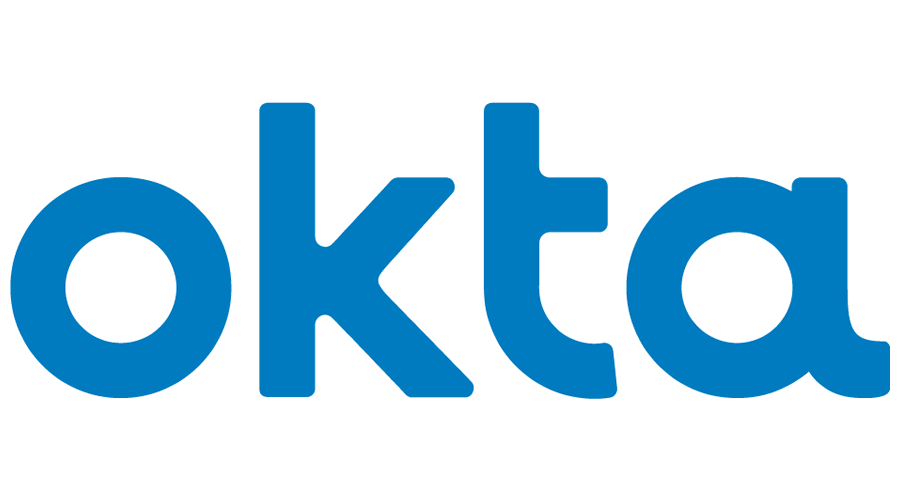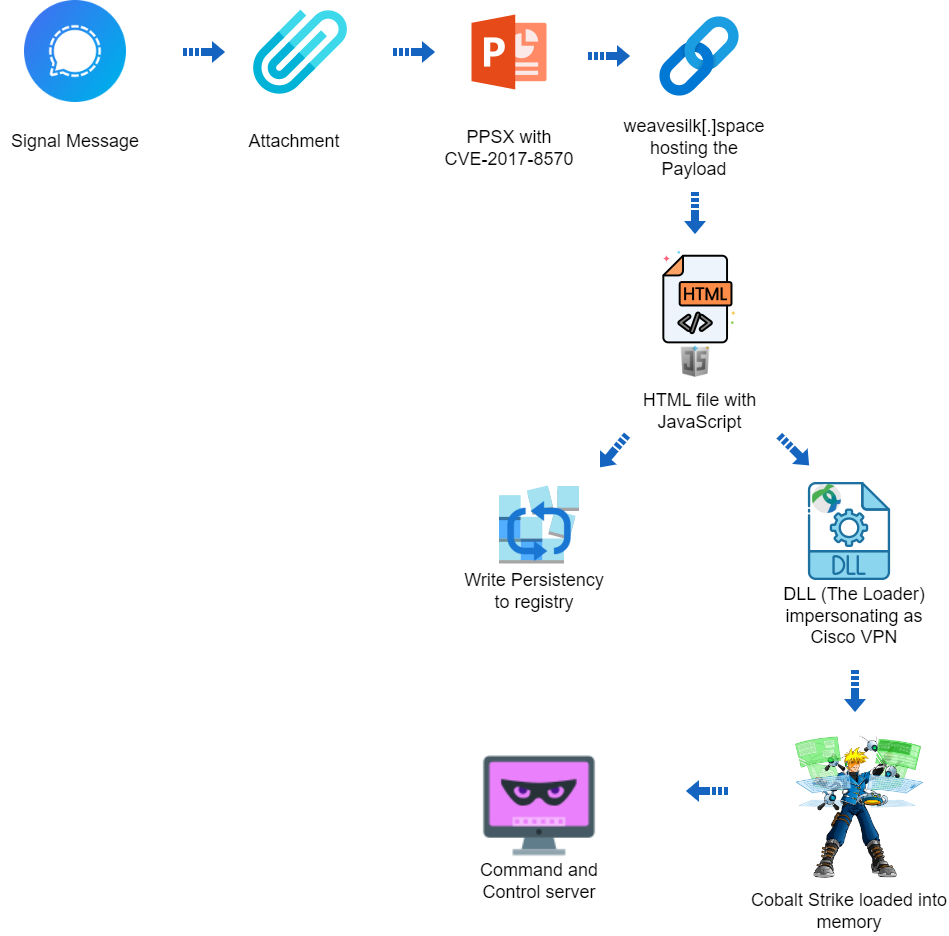The Danger of Forgotten Pixels on Websites: A New Case Study

While cyberattacks on websites receive much attention, there are often unaddressed risks that can lead to businesses facing lawsuits and privacy violations even in the absence of hacking incidents. A new case study highlights one of these more common cases.
Download the full case study here.
It’s a scenario that could have affected any type of company, from healthcare to finance, e-commerce to insurance, or any other industry. Recently, Reflectiz, an advanced website security solution provider, released a case study focusing on a forgotten and misconfigured pixel that had been associated with a leading global healthcare provider. This overlooked piece of code surreptitiously gathered private data without user consent, potentially exposing the company to substantial fines and damage to its reputation.
Nowadays, it has become common practice for companies to embed such pixels into their websites. For instance, the TikTok Pixel is a typical example, added to websites to track site events for TikTok. However, when a pixel like this deviates from its intended purpose and begins to operate in an unauthorized manner, it can lead to significant issues. In this context, “rogue” implies the unauthorized collection and sharing of user data, which may result in a breach of various data protection regulations.
The Forgotten Pixel
The case study delves into a significant incident involving a healthcare website and an external marketing service provider. Four years ago, during a marketing campaign, the marketing provider incorporated tracking pixels into the website. Unfortunately, the pixel was overlooked and remained on the site after the campaign concluded. Over time, as the website underwent changes and expansions, this forgotten pixel continued to collect sensitive patient health information (PHI) without detection. Reflectiz, a proactive website security solution provider, played a pivotal role in identifying and mitigating this data leakage.
Configuration Drift in Complex Web Environments
Complex web environments often suffer from human errors and mistakes, frequently attributed to factors such as work overload and stress. This situation leaves a substantial opening for potential security and privacy issues, with configuration drift being one of the most common problems.
Configuration drift refers to a situation in which the configurations of IT systems, software, or infrastructure components veer away from their intended or desired state over time. This can happen due to various factors, including manual changes, software updates, or unintended alterations. Configuration drift can introduce inconsistencies, vulnerabilities, and performance problems within a system, making it a challenge to maintain system reliability, security, and compliance with established standards. Organizations commonly rely on configuration management and monitoring tools to detect and rectify any deviations from the desired configuration.
Severe Compliance Issues
In this case study, Reflectiz explores the significant compliance challenges that companies may face when dealing with rogue pixels in their web environments. This section will highlight the following issues:
- Privacy Compliance: Every company must adhere to local privacy regulations, such as GDPR in Europe and CCPA in California. Non-compliance with these rules can result in substantial fines, including fines of up to €20 million ($21 million) or 4% of the company’s annual global turnover in the EU, and a penalty of $7,500 per violation in California. For instance, a breach involving the loss of 10,000 records in California could result in a fine of $7,500,000.
- PCI v4.0 Compliance: Online businesses with checkout pages are required to comply with the latest PCI v4.0 regulations. To maintain compliance, they must employ continuous monitoring and other security tools to protect customers’ credit card information.
- Industry-Specific Regulations: Specific industries are subject to unique regulatory frameworks, such as HIPAA regulations in the healthcare industry. A chart outlining the associated penalties for non-compliance is provided below:
The Solution
Reflectiz’s innovative website security solution played a crucial role in discovering and disabling the forgotten rogue pixel, offering a valuable lesson in the importance of continuous vigilance.
With Reflectiz, you can:
- Continuously monitor all sensitive web pages to detect suspicious activity of any web component.
- Identify and block third-party web components that track your users’ activity without their consent.
- Detect which third-parties obtain users’ geo-location, camera, and microphone permissions without consent.
- Map all web components that have access to sensitive information.
- Validate that all your existing web security tools are functioning as intended.
For in-depth analysis and more details, download the full case study here.












